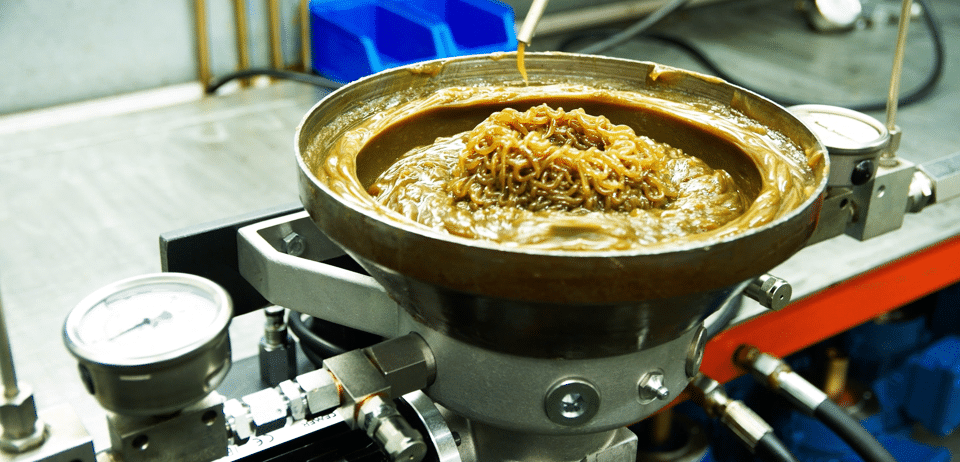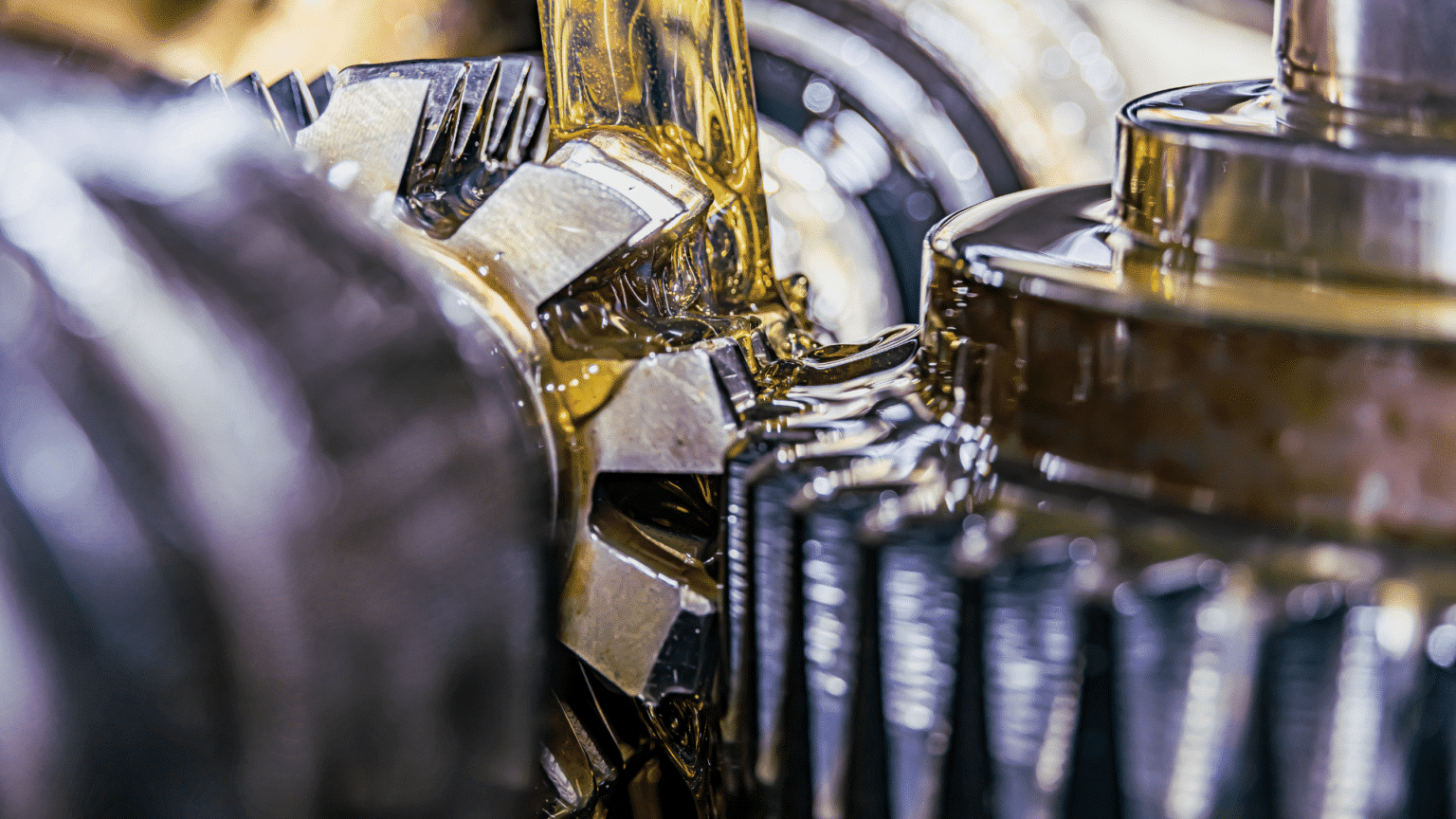
Difference between grease and oil
A common mistake when choosing an industrial lubricant is not differentiating between grease and oil. It is important to understand this differentiation, since each of these compounds has its own characteristics and has its own specific applications. In this article we will explain what they are, their characteristics and their differences.
What is an oil?
Lubricating oils are compounds with a fluid consistency that are used as an intermediate substance between two surfaces where friction exists. They are made from mineral oils derived from petroleum, however, they are also obtained from natural sources or by synthetic processing.
Their properties make them easier to handle, providing them better control and a faster pump speed. They are also easier to clean and they evacuate heat.
What is a grease?
Greases are a semi-fluid kind of lubricant with non-Newtonian characteristics, which make them more useful in situations where pressure comes into play. they are made from mineral oils and thickeners, which give them the necessary characteristics to stick and hold on surfaces.
Compared to the use of oils, it is known because of its lower frequency of application and longer duration in the part of the machine to be lubricated, providing it with greater protection and acting as a sealing agent.

Characteristics
As mentioned above, the properties of each of these substances are the basis for the differentiation between the two. Below, we will explain these properties:
Oil properties
The properties of the oil are mainly determined by the nature of its base, however, additives also alter these characteristics. The base usually comes from petroleum derivatives or chemical reactions. The mixture of base and additives will define its viscosity, oxidation resistance density.
The oil is normally in a liquid state, providing the systems that supply it with a high pumping speed. This feature also allows it to be easier to handle and clean.
Oil usually has a wide temperature range compared to other liquids, which gives it the ability to also function as a heat regulator in the machines it lubricates.
Greases properties
Greases, in addition to a base and additives, also contains a thickener. In terms of composition, this is what mainly differentiates it from oil. This component gives the grease a higher consistency and density and properties different from those of oil, such as a longer duration on the friction surface and a sealing agent function between the parts of the machine being greased.
Other properties of grease are:
- Great adherence to surfaces.
- Protection against wear due to friction.
- Corrosion protection.
- Very high boiling point compared to other lubricants.
- Vibration absorption.
Physical state
Lubricants have a variety of physical characteristics that must be taken into account when working with them. One of the most relevant is viscosity.
Viscosity is defined as the resistance of a fluid to being displaced by a force, its opposition to flow. This variable is influenced by temperature in compounds with Newtonian characteristics (such as oils) and also by pressure in non-Newtonian substances (such as fats).
The viscosity of any of the lubricants is a key variable when working with them, and it must be determined taking into account the temperature and pressure of the process.
Uses
Each one of these compounds has different applications, since their properties make them have different functions.
The oils are more oriented towards high-speed machinery, such as gearboxes, fast rolling mill blocks and plain bearing lubrication. This is because they usually require a constant lubrication flow oriented to the cooling of the system.
The greases however are focused on machinery that only demand lubrication and not cooling. Examples could be anti-friction bearings, chains and open gears.

The difference between both
The main difference that distinguishes greases from oils is their consistency. While oils can be considered liquids, fats have a higher consistency, allowing them to keep their shape for a longer period of time under certain temperature and pressure conditions.
This makes the greases more suitable for parts that are subjected to high pressure and temperature situations, such as bearings, transmissions or cams.
Meanwhile oils would provide a fluidity and speed more suitable for systems such as mechanical gearboxes or transformers.